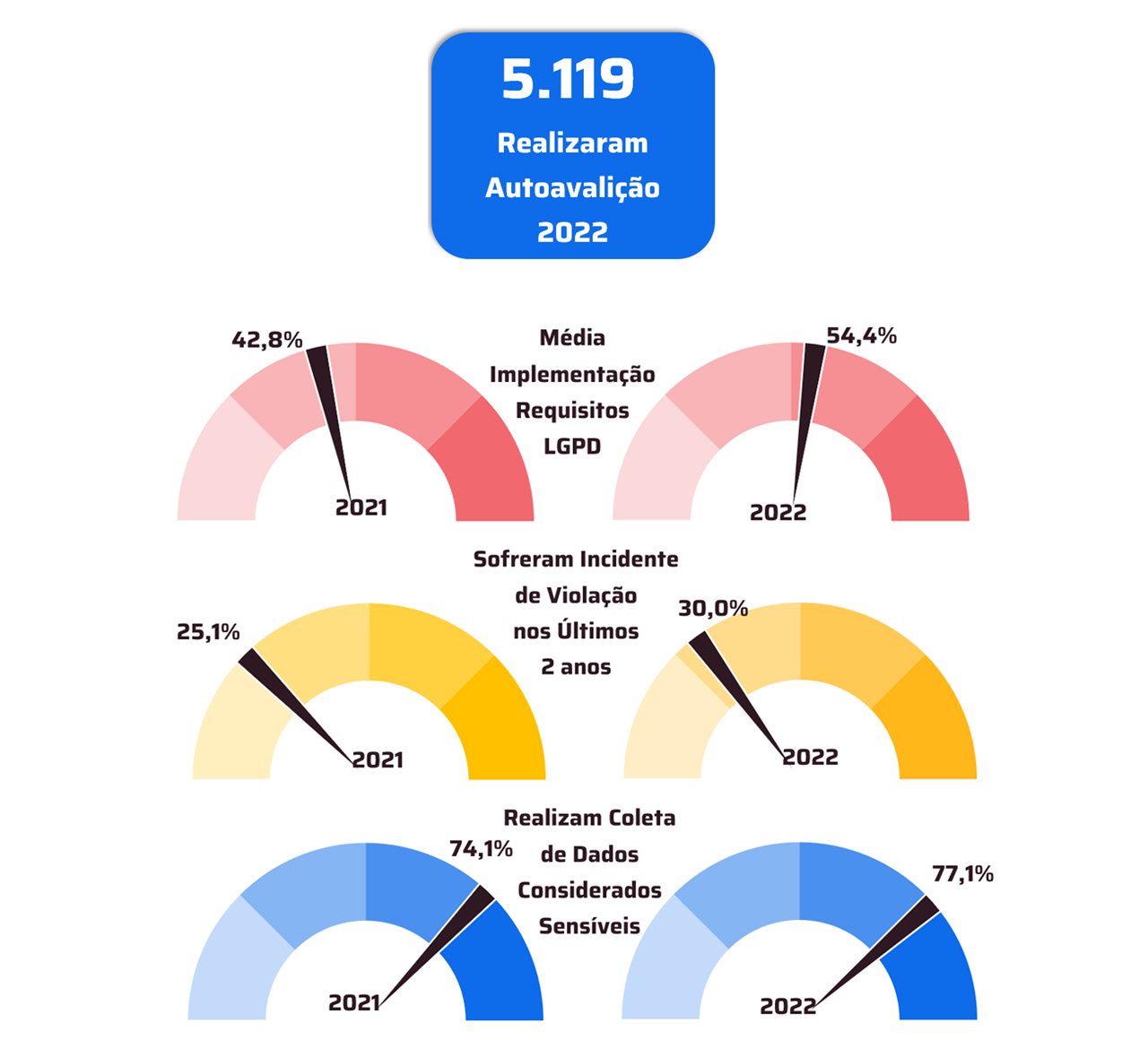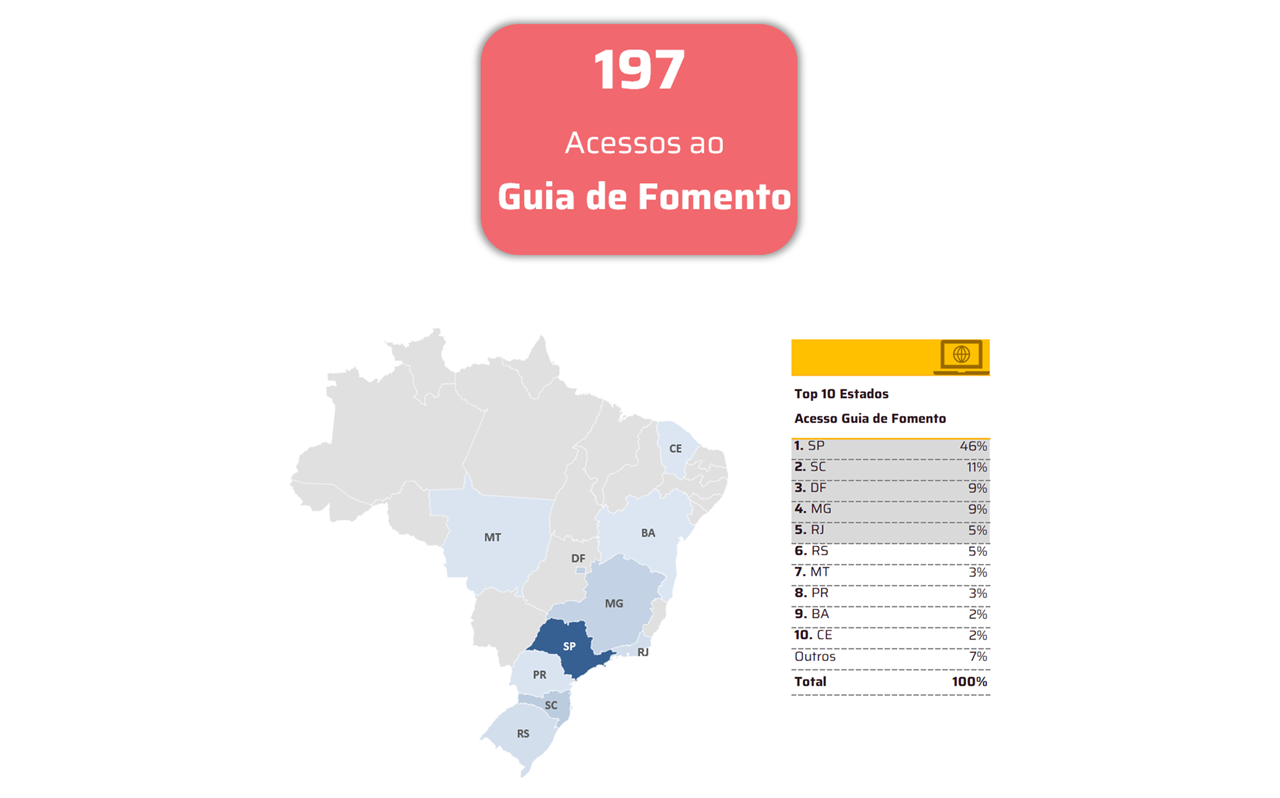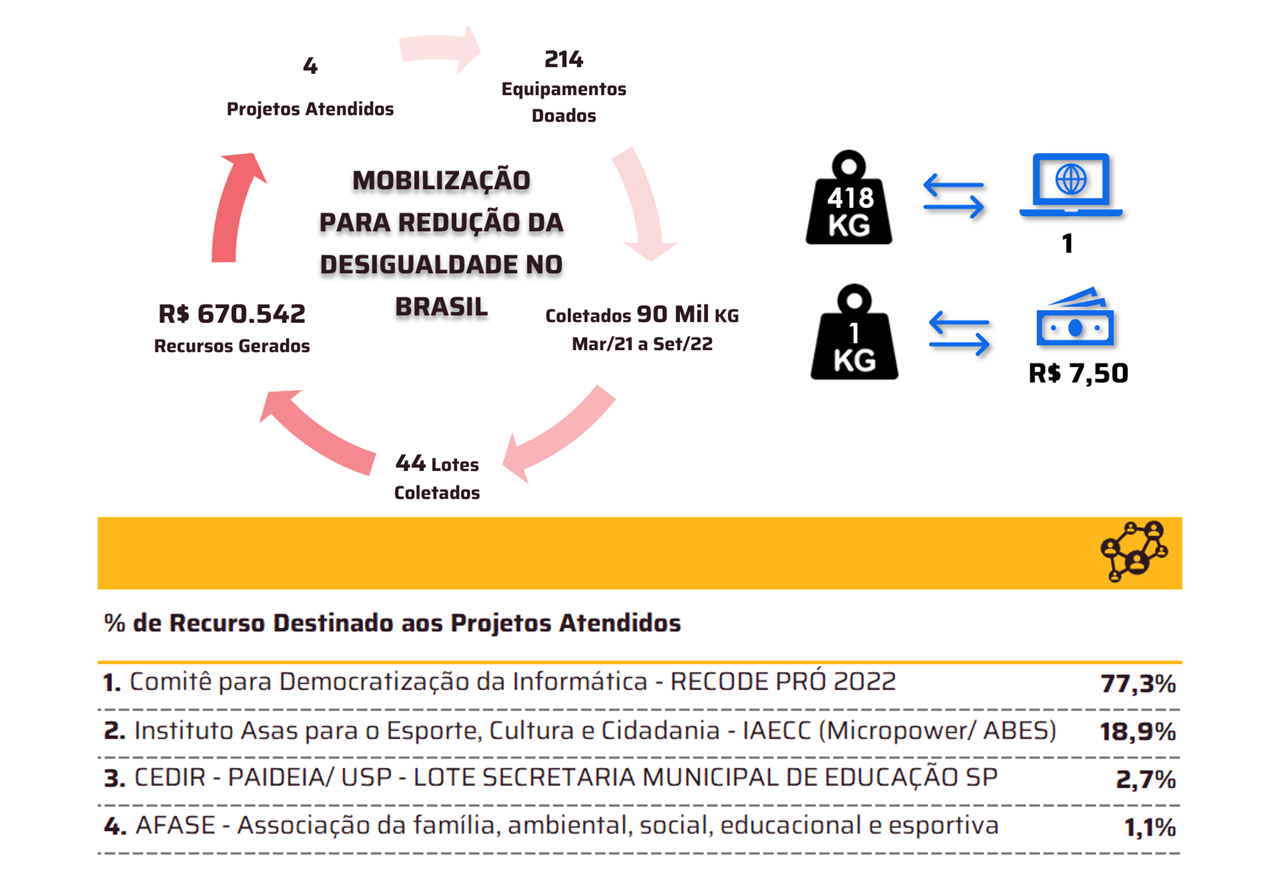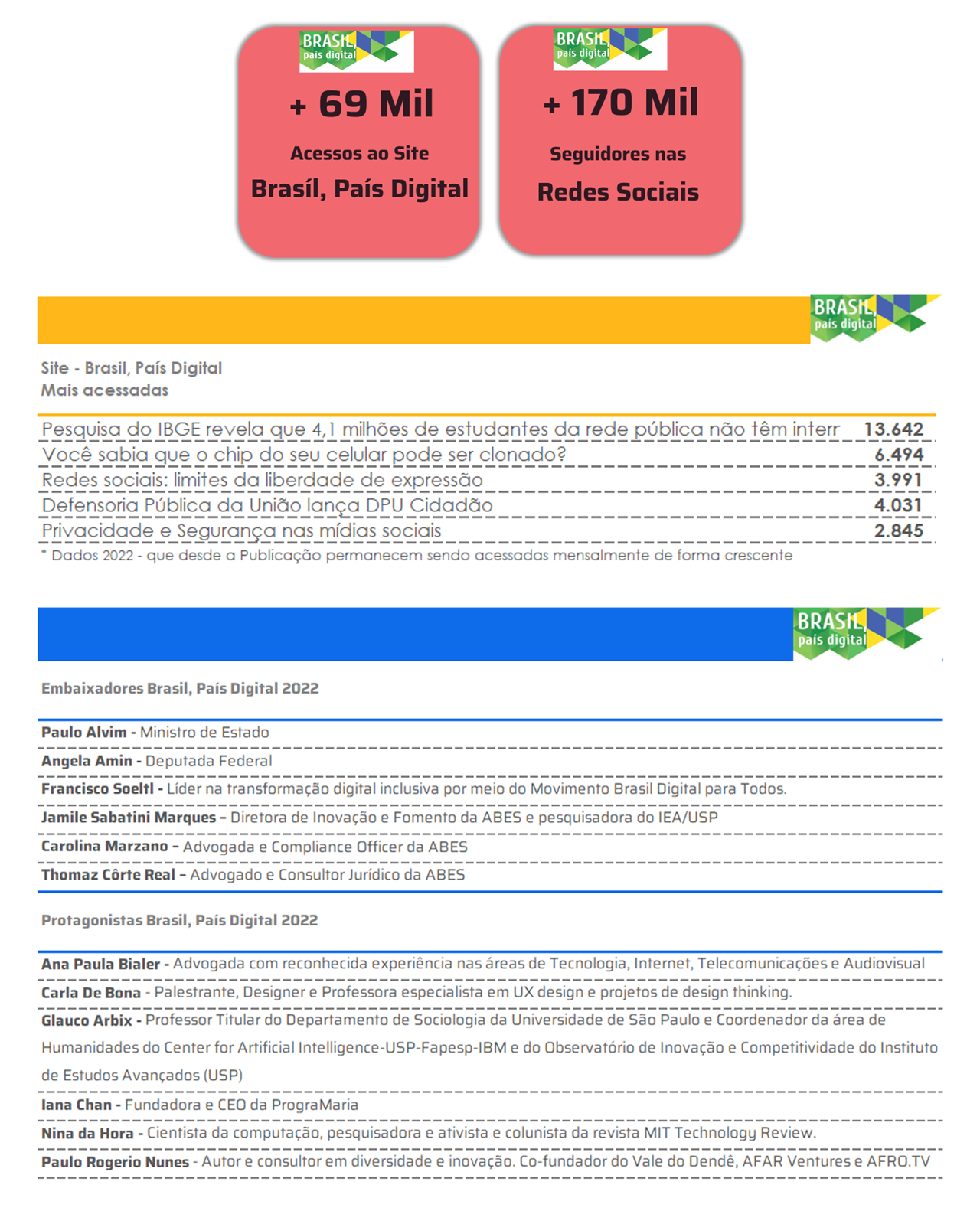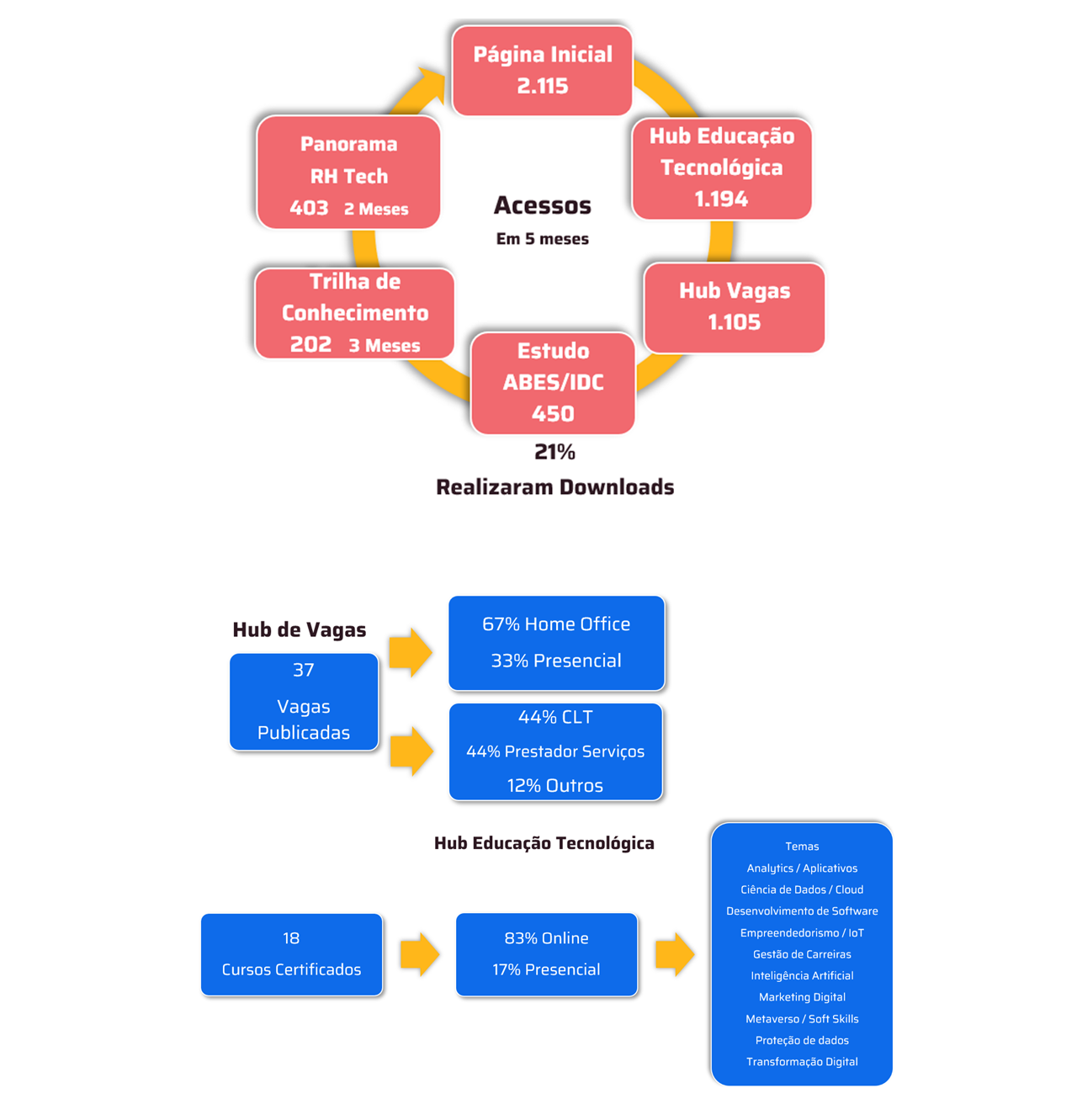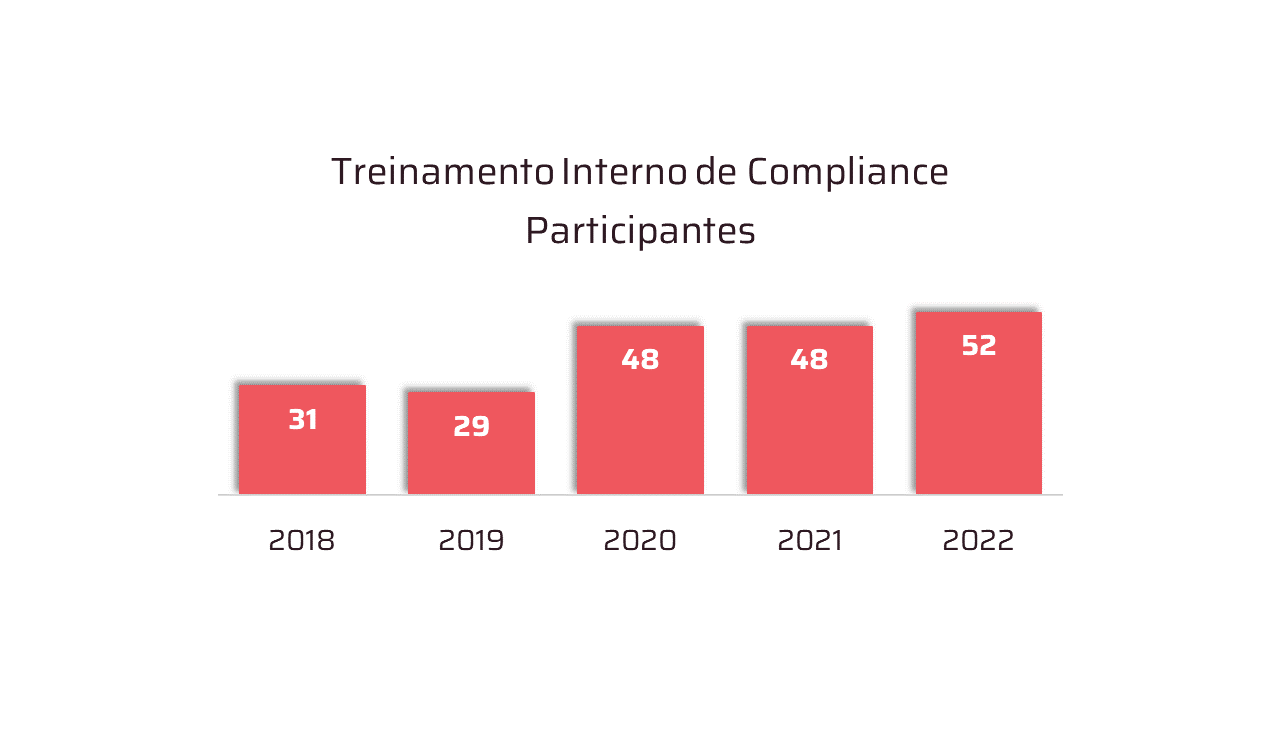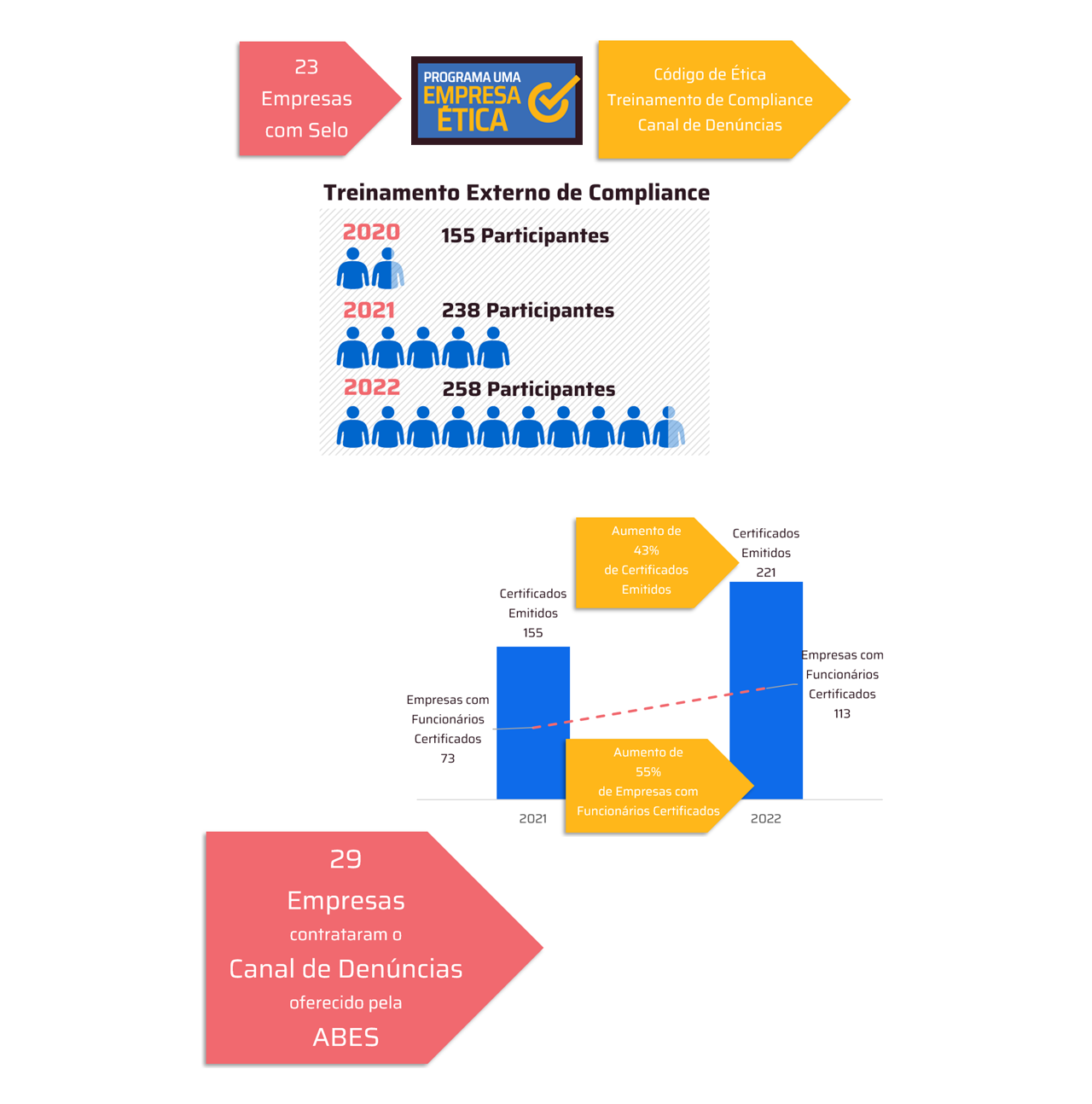Coups are based on a perverse logic that exploits vulnerability
 *By Marcelo Batista Nery
*By Marcelo Batista Nery
My mother is 85, my father 94. To put these ages into context, it's worth remembering that when she migrated from Bahia to São Paulo, part of the journey was made on a steam locomotive (the popular Maria-Fumaça). My father, however, was born in what was then the Federal District—that is, in the city of Rio de Janeiro, when it was still the capital of Brazil. Together, in São Paulo, they lived for years in a house without a sewage system, supplied by an artesian well, and without electricity, in a neighborhood that is now fully urbanized. Both are among the 22.2 million Brazilians aged 65 or older, according to data from the latest Demographic Census.
I'm concerned about them (my parents) and the elderly population in general. This concern, however, intensifies at three distinct moments. The first arose during my work at the São Paulo Institute Against Violence (ISPCV), when I analyzed data from the Disque-Denúncia (181) hotline—a service coordinated by ISPCV—and found that reports of violence against children and the elderly were second only to those related to drug trafficking. The second arose with the concerns inherent in aging, especially regarding the social risks to which this population is exposed—a topic I frequently discuss at PAHO/WHO. The third is now.
In recent months, my parents have become frequent targets of scam attempts. One of the most common involves phone calls informing them of a supposed purchase, followed by requests to confirm personal information. Interestingly, the name of the store is always the same: a popular furniture and appliance chain, known for its charismatic mascot and credit system. Talking to friends and researching the topic, I realized the problem was broader than I imagined—and that's when the surprise came. Susceptibility to these scams isn't explained solely by a lack of knowledge or understanding, but by factors similar to those found in reported cases of violence: the exploitation of vulnerability.
Seniors and their support networks are generally aware of scams. They understand the risks involved in suspicious calls, malicious links, or promises of "easy" benefits. However, as in situations of violence, scams are based on a perverse logic that exploits vulnerability. Trust, grief, fear, loneliness, dependence, and ambiguity make seniors more susceptible targets—especially in situations outside their routine or that require immediate responses (such as fake kidnapping scams, supposed medical emergencies, improper credit card purchases, or the delivery of unsolicited packages, with requests for payment or data confirmation, for example).
It's not just misinformation. Many seniors haven't been socialized in the digital world. Banking apps, medical appointment systems, public service platforms, and social media operate with interaction logic that's unintuitive for those who haven't grown up in this ecosystem. Visual or hearing impairments make it even more difficult to spot signs of fraud. Therefore, even literate, informed seniors with solid educational backgrounds face barriers—not due to cognitive limitations, but rather due to accelerated systemic exclusion in design and communication processes. Still, that's not the main focus here.
It's important to emphasize that these analyses do not follow a formal scientific method. They are based on empirical observations made during my time at ISPCV, supplemented by third-party reports and personal experiences. Nevertheless, they can serve as an indication, an initial provocation, or a starting point for more systematic reflection and future academic investigations.
With this in mind, before addressing the hyperdigitalized world and the growing presence of Artificial Intelligence (AI), it's also important to understand the demands of time—and time is something that digital systems, by default, often don't offer. We need to consider communication strategies that respect the life paths of older adults and strengthen their autonomy. This doesn't just mean "explaining better," but recognizing that communication is, above all, an act of care.
In a scenario where the origin and reliability of information are increasingly difficult to discern (whether in the institutional, technological or political field), a lack of understanding can generate not only confusion, but also a greater risk of scams and manipulation.
Thus, the growing incorporation of technology into everyday life has, indeed, enormous transformative potential. However, it also reveals historical inequalities. In many ways, the elderly are among the most vulnerable in this new digital ecosystem. In addition to the already familiar barriers of information exclusion, they now face automated, opaque systems governed by algorithmic logic.
Digital literacy for the elderly should not be treated as a luxury or an optional step. It is an urgent public policy necessity. Investing in digital inclusion programs focused on community settings, involving family members, caregivers, and local networks in the technological mediation process, is crucial. The aging of the Brazilian population makes this imperative even clearer.
With the growing use of virtual assistants, chatbots, recommendation systems, automated health screenings, and AI-based digital care platforms, new challenges emerge. These systems, by operating with standardized language and little room for adaptation, end up excluding older adults. Interacting with machines that "don't listen," "speak in a difficult way," or "don't answer my questions" (as some older adults I spoke with reported) can lead to frustration and misinformation.
Replacing human assistants with AI-based interfaces may represent innovation for some, but for many seniors, it symbolizes the dehumanization of service. Interfaces with small print, excessive clicks, a lack of sensitive feedback, and the use of technical jargon turn access to information into a barrier—not a bridge.
AI, while promising inclusion, can also deepen processes of exclusion. With the popularization of tools capable of generating realistic texts, images, and videos, emotional manipulation becomes even more sophisticated. Many older adults, accustomed to trusting traditional sources and authority figures, become more vulnerable to misleading content that appears legitimate. This manipulation, combined with the difficulty of verification, makes this group a prime target for fraud and fake news.
The idea that AI "understands the user" and "personalizes the experience" needs to be treated with caution. Algorithms learn from data; but if this data reflects the patterns of younger, more connected audiences, this can result in misleading recommendations, the omission of relevant content, or even the rejection of automated services based on flawed profile interpretations.
Therefore, it's crucial to promote AI literacy among seniors. It's not enough to simply teach them how to use the devices; it's necessary to empower them to understand how automated systems work, their limitations, and potential failures. This knowledge is essential for them to recognize risks, avoid manipulation, and fully exercise their rights in the digital environment.
Furthermore, a delicate legal challenge arises: in some circumstances, the idea that "AI can't make mistakes" prevails. This can lead to a reversal of the burden of proof, forcing the victim to prove that they were harmed by an automated system. The problem is that these victims rarely have access to the information necessary to prove this, which weakens their position in disputes or in the search for redress.
Therefore, AI needs to be designed with age diversity in mind and involve the active participation of older adults in design and testing processes. Digital services, especially those based on AI, must adopt accessible and transparent interfaces, guided by principles of social justice and inclusion. Furthermore, to legally protect older adults in cases of failure or abuse committed by automated systems, it is essential to maintain human mediation channels that assist in challenging decisions and producing evidence in litigation situations. The solution is not to abandon technology, but to adopt hybrid models that combine automation and sensitive human service, ensuring efficiency without sacrificing listening, empathy, and the possibility of human review of decisions made by machines. This integration is an essential step for technological innovation to advance alongside the protection of rights and care for older adults.
*Marcelo Batista Nery is a researcher at think tank from ABES and the Oscar Sala Chair at the Institute of Advanced Studies at USP (IEA-USP), coordinator of Technology Transfer and Head of the PAHO/WHO Collaborating Center (BRA-61) at the Center for Violence Studies at the University of São Paulo . The opinions expressed in this article do not necessarily reflect the positions of the Association.
Notice: The opinion presented in this article is the responsibility of its author and not of ABES - Brazilian Association of Software Companies
Article originally published on the IT Forum website: https://itforum.com.br/colunas/quando-maquinas-nao-escutam-golpes/





